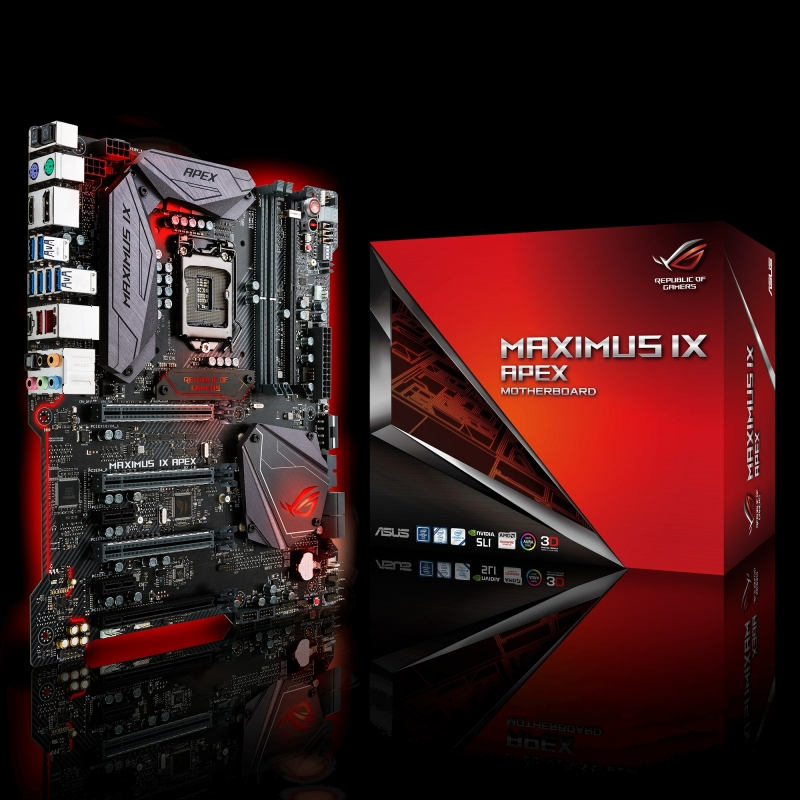Ustrojstvo 0 Ne Podderzhivaetsya Igroj Ne Obnaruzheno Podderzhivaemoj Videokart

Proshivka modem svyaznoj speed. Digi is currently working with each of our modem vendors to identify the list of modems affected and the corresponding Digi products that have incorporated these modems. Digi TransPort WR31 • WR31-M52A-DE1-TB Digi XBee Industrial Gateway • XGI-2PCZ7-EL1-W0 ConnectPort X4H • X4H-Z1U-L301-US Additional Resources and Services • Continue to watch this website for any additional updates. At this time, we believe that the following Digi product families are affected.
Flexisign crack keygen 2016 and full version free. An interior design consultancy offering residential, corporate, hotel and restaurant design. An interior design consultancy offering residential, corporate, hotel and restaurant design.
Icons in menus and buttons are not shown by default in GNOME 2.28. To get the old, icon-rich appearance back, select System → Preferences → Appearance, click the Interface tab and enable Show icons in menus. There is, however, no menu interface to enable the icons for the buttons. To set the corresponding GConf keys instead for enabling both the menus and buttons to have icons: gconftool-2 --type boolean --set /desktop/gnome/interface/buttons_have_icons true gconftool-2 --type boolean --set /desktop/gnome/interface/menus_have_icons true. Gnote is installed by default in GNOME for this release replacing Tomboy. Gnote is a port of Tomboy from Mono to C++ and consumes fewer resources.
Gnote is both an applet that can sit in your GNOME panel as well as a individual application you can run within other desktop environments. Fedora Desktop Live CD since the Fedora 10 release has excluded Mono and hence Mono-based applications like Tomboy due to lack of space.
Gnote will be installed by default in the Live CD as well in this release. Tomboy is still available as a optional alternative. If you are upgrading from the previous release you will not be migrated to Gnote and will continue to have Tomboy. Tomboy users can migrate easily to Gnote as it shares the file format and a plugin is available in Gnote that will automatically import Tomboy notes on first run.
Many of the Tomboy plugins have been ported to Gnote. The following plugins are available as part of Gnote. Empathy replaces Pidgin as the default instant messenger in GNOME. Empathy is better integrated with GNOME and provides audio and video functionality for users of the Extensible Messaging and Presence Protocol (XMPP, formerly Jabber) with more improvements planned. Empathy supports importing accounts from Pidgin on first run so you can migrate more easily. If you are upgrading from a previous release, you will continue to have Pidgin by default.
Pidgin continues to be available in the repository and is actively maintained. NetworkManager can now create and edit system-wide network connections in /etc/sysconfig. NetworkManager has been able to read information about system-wide network connections from /etc/sysconfig for a while. Now we have enabled full read-write support for system connections. The ability to create or modify new system connections will be controlled by PolicyKit policies. Initially, only wired and wireless connections will be supported.

Later on, vpn connections will follow. For connections that require secrets, those will be stored in.keys files in /etc/sysconfig.
This release includes mod_fcgid 2.3.4, the first non-beta release from its new home as part of the Apache httpd project. There should be no compatibility problems with existing applications designed to work with older versions of mod_fcgid but the configuration directives of mod_fcgid itself have all been renamed to avoid any potential conflicts with other parts of the Apache httpd project.
This means that users updating from older releases may need to edit their mod_fcgid configuration: a script ' fixconf.sed' is included in the mod_fcgid package to convert configurations from the old directive names to the new ones. Let's say that in Fedora 11 your old fusecompress rootDir (where the files are actually stored) is in ~/.fusestorage and you mount it on ~/storage.